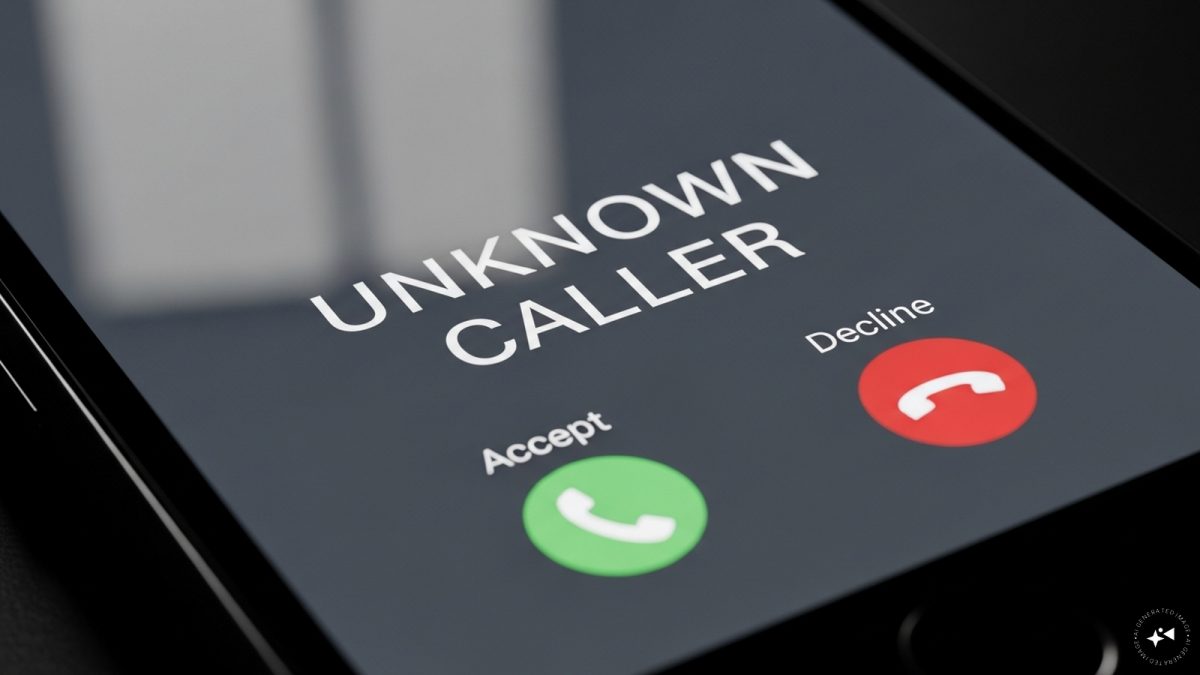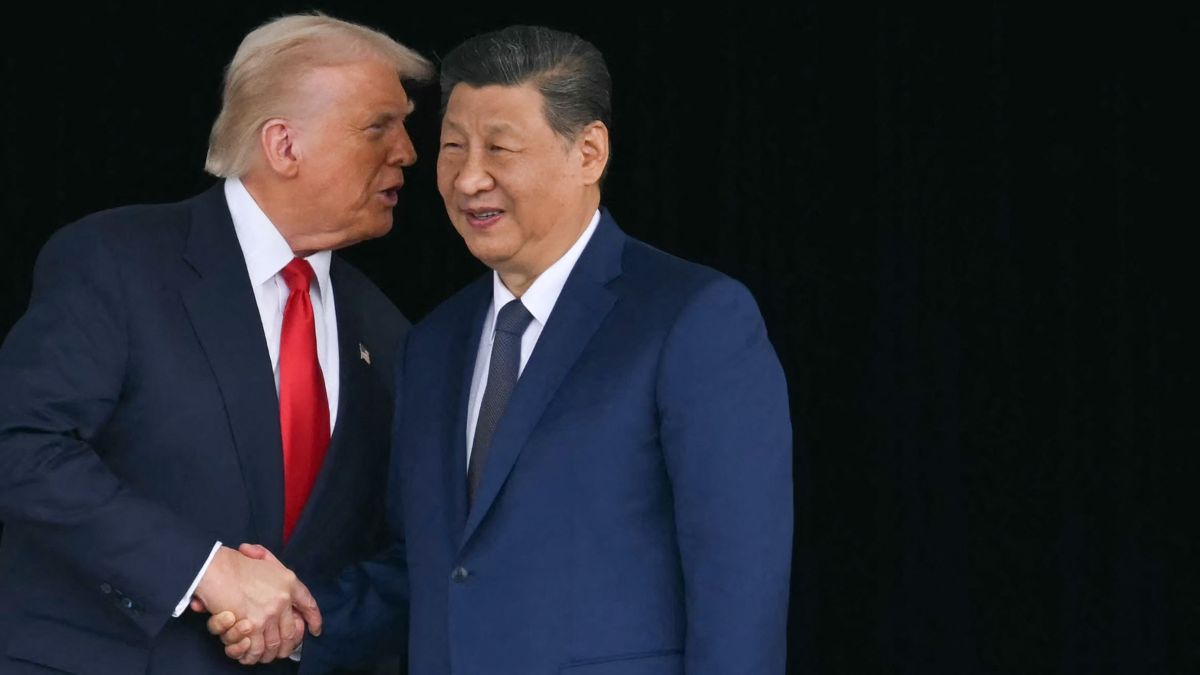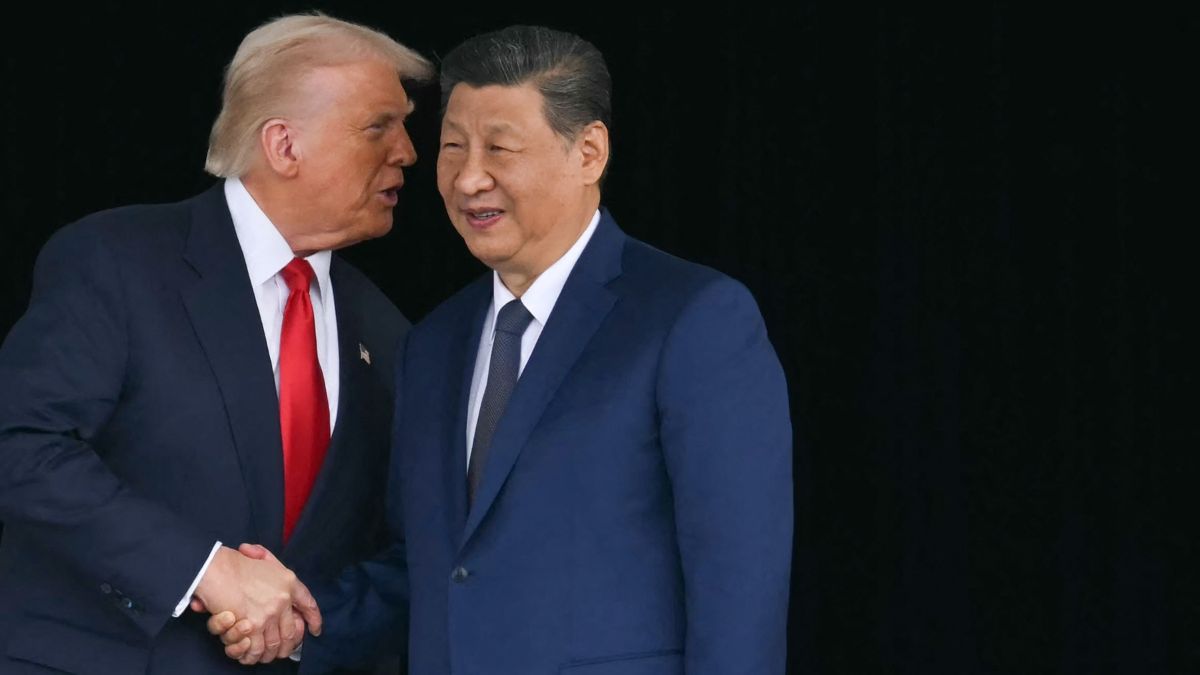India is working on a homegrown caller identification system that will serve as an alternative to apps like Truecaller.
The Telecom Regulatory Authority of India (TRAI) has greenlit a project by the Department of Telecommunications (DoT) that will display the registered names of callers on a user’s phone, called the Calling Name Presentation (CNAP) framework.
The initiative is aimed at making phone calls more transparent, especially when many Indians, especially senior citizens, are vulnerable to cyberfraud and spam calls.
How will it work?
Unlike existing caller ID systems that display only a phone number, CNAP will retrieve the verified caller name from official telecom records, allowing users to identify who is calling before picking up. The feature aims to enhance trust and help users avoid spam or fraudulent calls. According to TRAI, CNAP will be activated by default for all users, though individuals who prefer not to have their name shown can opt out by contacting their telecom provider.
The new CNAP system will require all telecom providers to maintain a Calling Name (CNAM) database, carrying all the necessary information that is retrieved when a customer registers themself in the (Know Your Customer) procedure. The phone numbers will be linked to the registered username and stored in the CNAM database.
The framework is designed to work seamlessly in seconds, barring any special phone feature requirements, meaning that people using basic feature phones can also avail CNAP’s services.
Prior to its approval, the DoT carried out wide-ranging CNAP trials in several Indian cities, testing its performance on both 4G and 5G networks. The trials revealed some technical challenges, including outdated software and the need for specific network enhancements. However, the results confirmed that the system functions effectively and can consistently display verified caller identities.
How will it be different?
Major telecom operators have begun backend integration for CNAP, paving the way for its rollout as part of standard mobile services, removing the need for separate caller identification apps. Although an official launch date has yet to be announced, operators are already working to enable nationwide implementation in the near future.
Once deployed across India’s massive mobile user base, CNAP could emerge as one of the largest verified caller ID systems globally. By drawing on KYC-verified subscriber information, it aims to deliver far more accurate caller identification than third-party applications, helping curb the widespread issue of spam and scam calls.
Impact Shorts
More ShortsAt present, incoming calls are displayed using Calling Line Identification (CLI), which shows only the phone number without revealing the caller’s name. CNAP will change this by retrieving the registered name directly from the operator’s database and displaying it instantly to recipients. Since it operates within telecom networks rather than through external apps, the system is regarded as a more secure and dependable alternative for identifying callers.


)

)
)
)
)
)
)
)
)



